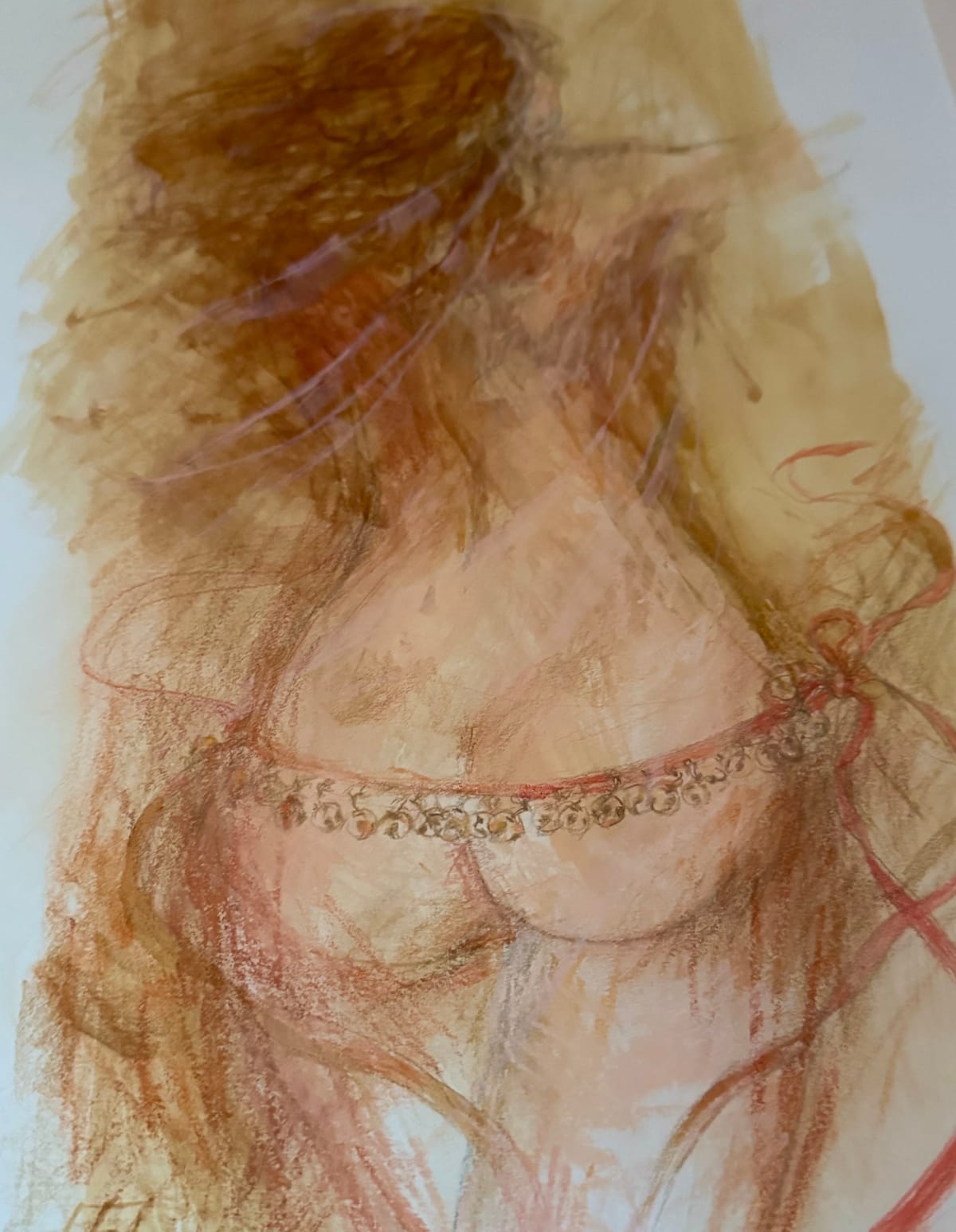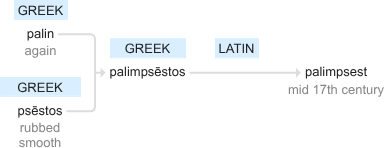Welcome to Palimpsest of Flesh

What is a palimpsest?
A goat hide is scraped of the language that once covered it, and new text is overwritten. But you can still see the old words, ghostly peeks, beneath. A beautiful painting is covered over by another work. A vase is inscribed with a poem of devotion, but the ceramist paints over and refires it when love is lost. A wax-coated tablet is used and reused to make notes in ancient Greece.
Sometimes a palimpsest is created because materials are dear and recycling is a norm. Other times it's purposeful, a way to change or forget history.
But what came before always lurks beneath. Just under the skin.
This newsletter is about the history of what's been written and rewritten on all of our bodies; the stories we have heard about who we are supposed to be and who we have been, woven in ways that seek to disempower some, and raise others up.
I have spent my life — writing and personal — critiquing those stories (but sometimes, just like you, falling prey to them). I have been long-inspired by my grandmother, who spent her life questioning them too. She raised me, and between us, we have/had over a hundred years of experience of being women, of living in female bodies, of querying, testing, and celebrating what that means.
In my most-recent book, The Stronger Sex: What Science Tells Us About the Power of the Female Body, I interrogated the myth that women are the weaker sex and argue that instead, in many specific and science-backed ways, we are stronger. Immunity, longevity, muscular endurance, sensitivity, flexibility—all of these are physical powers of the female body.
Now I want to dig deeper, and go back to where all these myths started; where did the idea of the weak woman come from? Were our ancestors telling that story I grew up with? Has it always been with us? (Spoiler: Nope.)
As I work on my next book, Warriors, Weavers, and Wanderers: The Real Lives of Our Female Ancestors, I'm going to take you along with me in the research and writing process. Glad to have you here!
Welcome to Palimpsest of Flesh, Delvings into Anatomy, Anthropology, and Art by Starre Vartan.
Here's (lots) more about palimpsests from Wikipedia.
From Oxford English dictionaries:
- a manuscript or piece of writing material on which later writing has been superimposed on effaced earlier writing.
Origin

mid 17th century: via Latin from Greek palimpsēstos, from palin ‘again’ + psēstos ‘rubbed smooth’.